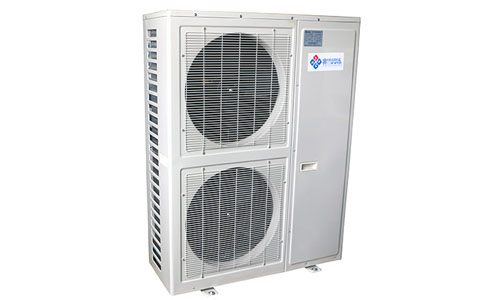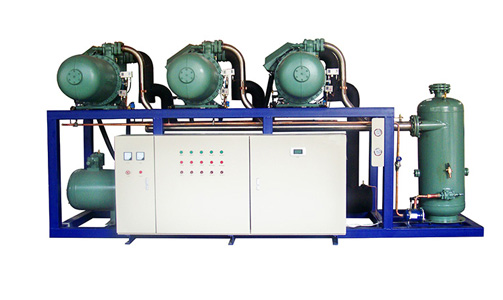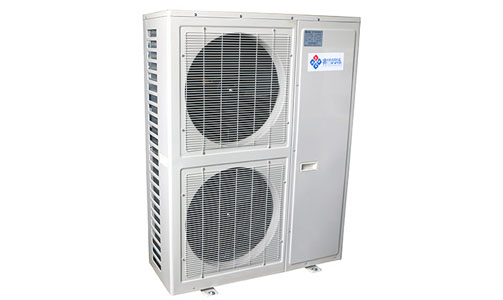The placement of a condensing unit, which is a key component of an air conditioning or heat pump system, is an important consideration to ensure optimal performance and safety. Here are some general guidelines for determining how far a condensing unit should be from a house:
Manufacturer's Recommendations:
The first and most important step is to refer to the manufacturer's guidelines and specifications for the specific condensing unit model you are using. Manufacturers provide specific recommendations regarding installation, including the recommended clearances and distances from various structures.
Local Building Codes and Regulations:
Check with your local building department to understand any specific regulations or codes that dictate the placement of HVAC equipment. Building codes can vary, so it's essential to comply with local requirements to ensure safety and compliance.
Consideration of Airflow:
Condensing units require proper airflow for efficient operation. Ensure that the unit is not placed too close to walls, fences, or other structures that may impede airflow. Good airflow helps dissipate heat efficiently, improving the overall performance and lifespan of the unit.
Accessibility for Maintenance:
Allow sufficient space around the condensing unit for easy access during maintenance and servicing. HVAC technicians may need space to work on the unit, clean coils, and perform other routine tasks. A minimum clearance of a few feet on all sides is typically recommended.

Copeland Air-Cooled Scroll Type Condensing Unit (5~15℃)
Distance from Windows and Ventilation Openings:
Keep the condensing unit away from windows and ventilation openings to prevent the exhaust air from being drawn back into the building. This helps maintain indoor air quality and prevents the recirculation of warm air from the condenser.
Avoiding Obstructions:
Avoid placing the condensing unit near obstructions such as trees, shrubs, or structures that could impede airflow or drop debris onto the unit. Keep the area around the unit clear to ensure optimal performance.
Elevation Considerations:
Elevate the condensing unit if you live in an area prone to flooding. This can help protect the unit from water damage during heavy rains or floods.
Noise Considerations:
Condensing units can generate some noise during operation. If noise is a concern, consider placing the unit farther away from living spaces or installing sound barriers to minimize the impact of noise.
Professional Installation:
For proper placement and installation, it's advisable to consult with a licensed HVAC professional. They have the expertise to assess your specific situation, consider local codes, and ensure that the condensing unit is installed correctly.
In summary, while specific recommendations can vary based on factors such as the unit's capacity and local regulations, a general guideline is to provide a few feet of clearance on all sides of the condensing unit. Always refer to the manufacturer's guidelines, local building codes, and seek professional advice to ensure the safe and effective installation of the condensing unit.







